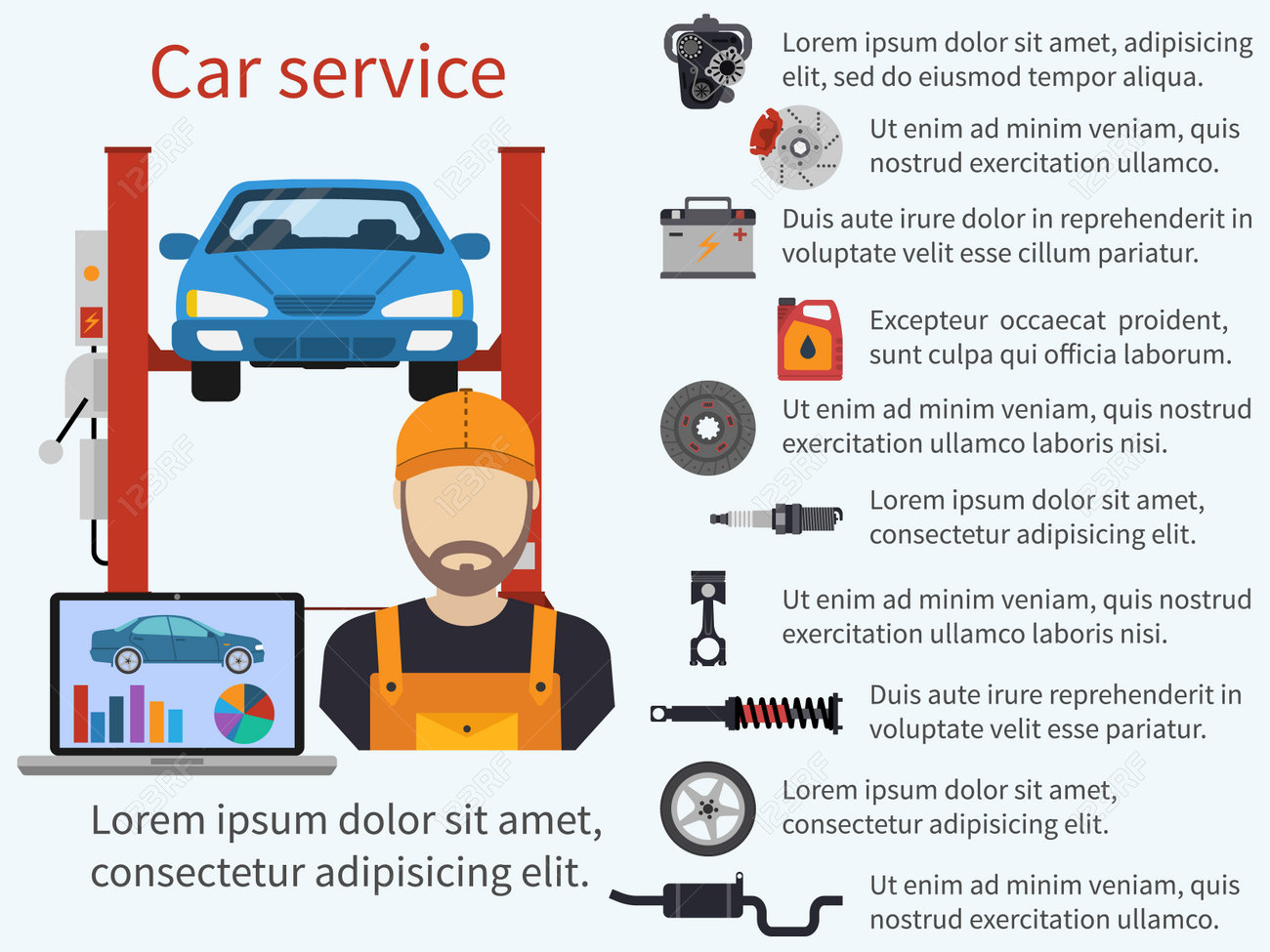An Introductory Guide To Decoding Your Automobile'S Warning Indicators
An Introductory Guide To Decoding Your Automobile'S Warning Indicators
Blog Article
Team Author-Guy Corbett
When you lag the wheel, those little warning lights on your auto's dashboard can be rather complicated. What do they indicate, and should you be concerned? Recognizing these signals is vital for your automobile's health, yet it doesn't need to be a daunting job. By translating the enigma behind each light, you'll be equipped to handle possible concerns effectively and keep your auto running efficiently. So, following time a caution light flashes, don't panic - arm on your own with expertise and take control of the circumstance.
Relevance of Automobile Caution Lights
Recognizing the relevance of your automobile's caution lights is crucial for maintaining your lorry's health and wellness. These lights act as your vehicle's interaction system, notifying you to prospective issues that might endanger your safety and security when driving or bring about costly repair work if disregarded. By taking notice of these cautions, you can deal with troubles early and prevent additional damages to your lorry.
Neglecting alerting lights can cause major effects, such as engine failing, brake malfunctions, and even accidents. These lights are made to notify you of problems ranging from reduced tire pressure to engine breakdowns, giving you the opportunity to act prior to the scenario intensifies. Frequently examining and understanding these warnings can save you time, cash, and ensure your security while driving.
In addition to maintaining you safe, responding immediately to advising lights can likewise assist lengthen the lifespan of your automobile. By addressing issues at an early stage, you can protect against tiny problems from intensifying into major fixings, inevitably saving you money and time in the long run. Remember, your automobile's caution lights are there for a reason - don't overlook them!
Common Warning Lighting and Meanings
When it pertains to driving your car, recognizing typical caution lights and their definitions is important for your safety and security and automobile upkeep. Below are a few typical caution lights you might run into:
1. ** Examine Engine Light **: This light shows an issue with your engine. https://brake-service51849.blog5star.com/30342484/start-a-trustworthy-cooperation-with-your-technician-by-utilizing-professional-strategies-for-cultivating-a-sturdy-link could be something small like a loose gas cap or something more major like engine misfiring.
2. ** Battery Light **: This light signals a problem with your vehicle's billing system. It could show a damaged battery, alternator, or various other related components.
3. ** Oil Stress Light **: When this light comes on, it indicates your engine may be running low on oil or experiencing low oil pressure, which can lead to engine damage otherwise attended to immediately.
4. ** Brake System Light **: This light suggests an issue with your braking system. It could imply low brake fluid levels or an issue with the brake system that requires prompt focus.
Recognizing these usual warning lights will certainly assist you recognize potential problems early on and prevent more significant troubles later on.
Just how to Respond to Caution Lighting
In case a warning light brightens on your car's control panel, it's critical to respond quickly and suitably. When a warning light begins, the first step is to consult your proprietor's handbook to understand the particular problem indicated by the light.
Some lights require instant focus, while others may show a less urgent matter. If the caution light is red or blinking, it's usually an indication of a severe issue that requires immediate activity. In your input here , it's suggested to pull over securely, turn off the engine, and seek expert aid.
For yellow or orange warning lights, while they might not need prompt interest, it's still crucial to deal with the underlying issue without delay to prevent additional damage. Regular upkeep and examination can aid prevent alerting lights from coming on unexpectedly.
https://airliftperformance07384.anchor-blog.com/10234236/approaches-for-situating-a-reputable-auto-mechanic-helpful-suggestions-and-techniques
In conclusion, recognizing your vehicle's warning lights is essential for keeping your car's health and safety. By regularly checking and reacting to these warnings, you can resolve potential concerns early and avoid expensive repairs or safety and security threats. Bear in mind to consult your owner's guidebook for information on various caution lights and constantly take instant action for red or blinking lights. Stay aggressive and maintain your auto running smoothly!
